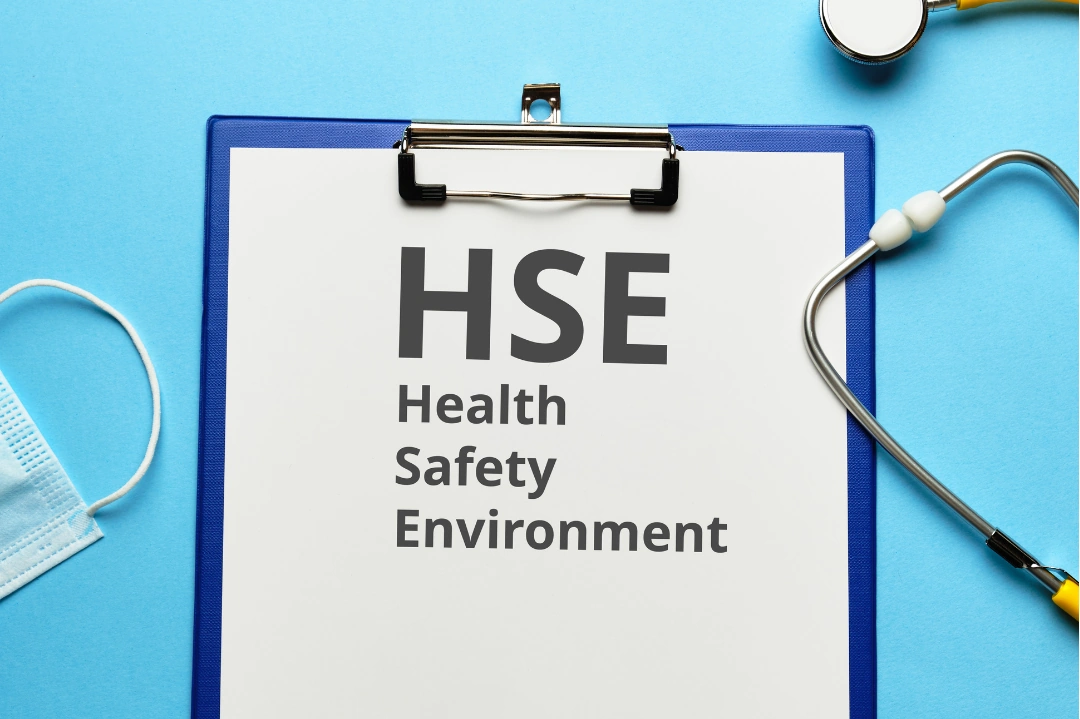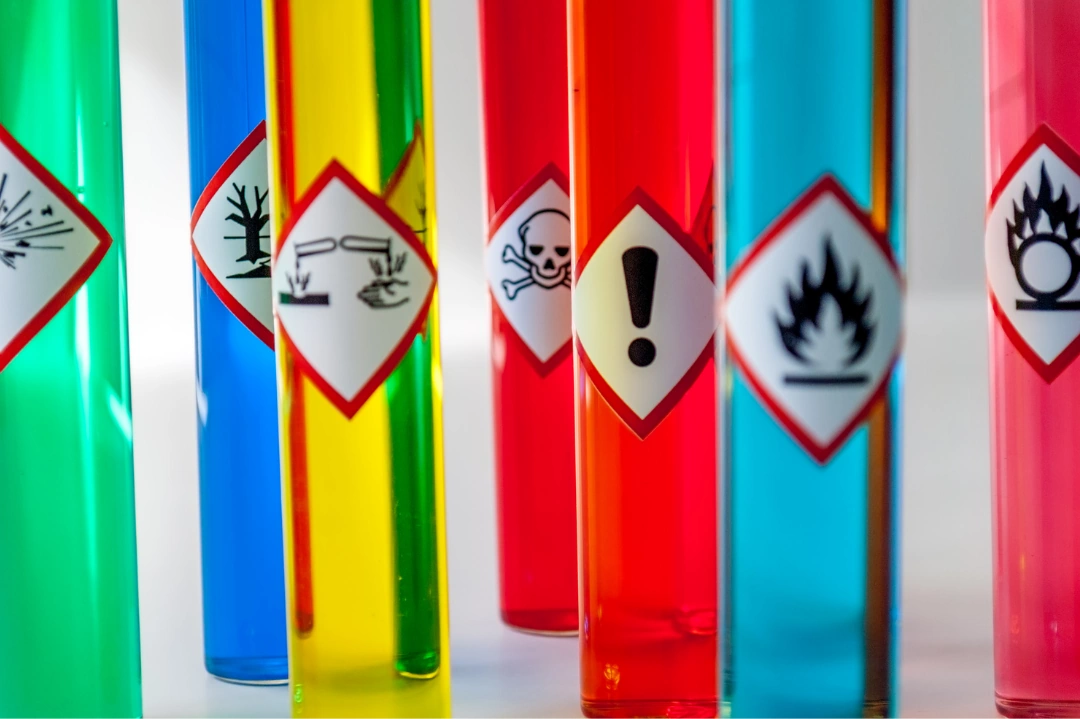
Using Total Recordable Injury Frequency To Assess Your Safety Policies
Total Recordable Injury Frequency (TRIF) offers a clear way to evaluate the effectiveness of your company’s safety measures. It tracks how often workers experience recordable injuries, providing valuable insights into risk levels across your operations. TRIF becomes even more meaningful for employers of lone workers who face greater risks without immediate support. Monitoring this metric helps you spot patterns, improve training, and respond to hazards before they escalate.
Explore how TRIF can strengthen your safety policies and protect employees working independently in high-risk environments.
What Is Total Recordable Injury Frequency (TRIF)?
Total Recordable Injury Frequency (TRIF) is a standard metric used to measure workplace safety. It reflects the number of OSHA-recordable injuries and illnesses per 100 full-time employees over one year. A high TRIF suggests frequent incidents, while a lower rate indicates a safer work environment.
You calculate TRIF using this formula:
TRIF = (Number of recordable incidents × 200,000) ÷ Total hours worked
The 200,000 figure represents the annual hours worked by 100 employees. This consistent baseline allows employers to compare safety performance across teams, timeframes, or even industry benchmarks. Tracking TRIF helps you assess whether your safety policies are actually reducing harm or if hidden risks still exist.
Monitoring TRIF In Lone Worker Environments
Even minor incidents for lone workers can escalate without immediate help. That’s why tracking total recordable injury frequency takes on added importance in isolated environments. TRIF helps you measure the true impact of your safety policies, especially when workers face higher risks without on-site supervision.
A rising TRIF signals that your existing controls may be failing to prevent or reduce injuries. It also affects morale. Frequent injuries can increase stress among lone workers, lower productivity, and damage trust in leadership.
Operationally, high TRIF can trigger investigations, raise insurance premiums, and disrupt workflow. When you consistently monitor TRIF, you gain insight into how effective your safety efforts are and where urgent adjustments are needed to protect your team and your business.
Key Factors Contributing To TRIF In Lone Work Settings
Lone workers often operate in unpredictable, high-risk environments without backup. These conditions make it harder to prevent or respond to injuries, which can increase your total recordable injury frequency. Knowing what contributes to TRIF in these settings helps employers identify gaps in their safety approach.
Lack Of Supervision
Lone workers don’t have teammates nearby to notice unsafe behaviors or intervene in emergencies. Without direct oversight, risks can go unnoticed until it’s too late.
To reduce injury risk:
- ●
Use digital check-in systems or wearable monitors to track worker status
- ●
Establish clear escalation protocols for unplanned events
- ●
Provide remote supervision through live video, location tracking, or regular contact
These tools support accountability while giving workers faster access to help.
Environmental Hazards
Worksites often expose lone workers to changing conditions that elevate risk. Common environmental hazards include:
To reduce injury risk:
- ●
Extreme temperatures
- ●
Poor lighting
- ●
Slippery surfaces
- ●
Wildlife or insect exposure
- ●
Remote terrain or isolation
Mitigation strategies:
- ●
Conduct site-specific hazard assessments
- ●
Equip workers with appropriate PPE and safety gear
- ●
Use environmental sensors to monitor temperature, gas levels, or air quality
Equipment And Tool Safety
Lone workers often rely on tools and machinery without backup if something malfunctions, making equipment-related injuries more likely.
To reduce injury risk:
- ●
Performing regular equipment inspections
- ●
Providing clear use and maintenance guidelines
- ●
Ensuring access to emergency shutdown instructions
- ●
Training workers to report issues immediately
Even well-trained workers need support systems when handling equipment solo.
Strategies To Reduce TRIF For Lone Workers
Reducing your total recordable injury frequency starts with a proactive safety strategy tailored to the realities of lone work. Since these employees face higher risks without onsite backup, employers must take extra steps to prevent incidents and improve response times. The right mix of training, technology, and support systems can significantly reduce TRIF and create a safer, more resilient workforce.
Implementing Robust Safety Training Programs
Training lone workers isn't just about compliance; it’s about preparation. Without immediate help nearby, these employees must recognize risks early and act independently.
Effective programs:
- ●
Cover job-specific hazards and emergency response protocols
- ●
Include hands-on practice, not just classroom instruction
- ●
Are updated regularly to reflect new risks or tools
- ●
Emphasize situational awareness and decision-making
Well-trained workers are better equipped to prevent accidents and report early warning signs before injuries occur.
Utilizing Technology For Safety Monitoring
Digital tools can close the gap between lone workers and safety teams. They provide real-time data, improve visibility, and speed up emergency response.
Tech solutions include:
- ●
Wearables with fall detection and GPS tracking
- ●
Mobile apps for timed check-ins or panic alerts
- ●
Environmental sensors for gas leaks, temperature spikes, or oxygen levels
- ●
Remote video feeds for visual oversight
These tools help supervisors monitor conditions and intervene quickly, reducing the frequency and severity of recordable injuries.
Enhancing Communication And Support Systems
Strong communication is a lifeline for lone workers. To support them effectively:
- ●
Provide two-way radios, satellite phones, or other reliable devices
- ●
Set up automatic alerts when employees miss check-ins
- ●
Create a clear chain of command for reporting issues
These systems reinforce accountability and give workers confidence in high-risk situations.
Compliance And Legal Considerations
Tracking and reducing total recordable injury frequency is often a legal requirement. Employers are obligated to provide a safe working environment under national and regional health and safety laws. For lone workers, this includes conducting thorough risk assessments, offering appropriate training, and maintaining access to emergency assistance.
Failure to comply with safety standards can lead to:
- ●
Regulatory fines or citations
- ●
Increased workers’ compensation costs
- ●
Damage to reputation and employee trust
- ●
Potential legal liability in the event of preventable injuries
Documenting TRIF shows regulators that your company takes safety seriously. More importantly, it supports long-term compliance by helping identify patterns and weaknesses in your safety protocols before they become costly problems.
Conclusion
Knowing your total recordable injury frequency gives you more than a statistic. It gives you a roadmap for creating a safer work environment. For employers of lone workers, reducing TRIF means fewer injuries, better morale, and stronger compliance.
When you act on incident data and invest in proactive solutions, you lead a culture where safety drives every decision and action.
Read More From the Lone Worker Blog
Health, Safety, And Environment: HSE Practices For Protecting Employees And The Environment

Health, Safety, and Environment (HSE) principles guide organizations in reducing workplace risks and protecting.
Read MoreUnderstanding And Managing Ergonomic Hazards

Ergonomic hazards—such as repetitive movements, awkward postures, and extended periods of physical strain—are a significant concern in today’s workplaces. If left unaddressed, these risks can quietly compromise health, reduce efficiency, and lead to long-term injuries.
Read More


